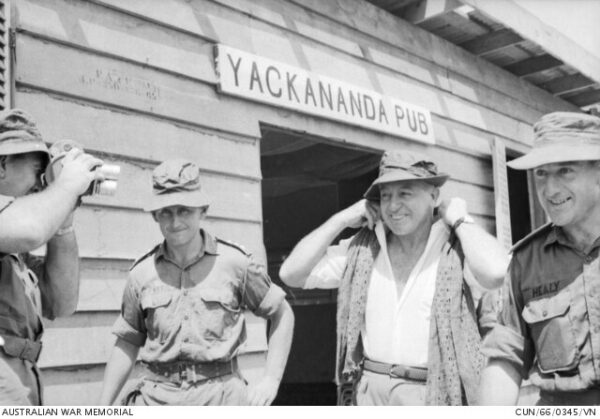On November 28, 1905, in a packed hall at the Rotunda in Dublin, Arthur Griffith formally launched a political movement that—although modest in its beginnings—would reshape the trajectory of Irish nationalism and ultimately alter the constitutional future of the British Isles. Griffith’s new party, Sinn Féin (“Ourselves Alone”), entered public life with a program that rejected both passive inertia and violent rebellion, seeking instead to establish an Irish polity based on self-reliance, electoral abstentionism, and a constitutional model borrowed from nineteenth-century Europe. Its central goal—an Irish dual monarchy under a shared crown with Great Britain—was neither separatist fantasy nor mere Home Rule petitioning, but a strategic reimagining of national power.
Griffith was already a well-known figure within Irish nationalist journalism. His writings in The United Irishman and later Sinn Féin had argued that Ireland’s political paralysis stemmed from an overreliance on Westminster and a chronic willingness to operate within frameworks designed to minimize Irish agency. By 1905 he distilled those ideas into a coherent political platform. At its core was a proposal modeled on the Austro-Hungarian Compromise of 1867, which had granted Hungary domestic autonomy while maintaining a single monarch and shared governance in matters of defense and foreign affairs. Griffith believed a similar arrangement could free Ireland from the political subordination that had persisted since the Act of Union of 1801.
The new party’s founding declaration reflected that intellectual influence. Rather than pleading for reforms or staging armed revolt, Sinn Féin would withdraw Irish representatives from Westminster, establish an independent Irish legislature, and create national institutions capable of governing without British supervision. The logic was straightforward: if Ireland behaved as though it were already a self-governing nation, political reality would eventually bend toward that fact. Griffith imagined a disciplined, economically self-sufficient Ireland whose political class would no longer participate in the legislative machinery of its own subordination.
Yet the Ireland of 1905 was not obviously prepared for such a transformation. The Irish Parliamentary Party (IPP), dominated by aging Home Rule veterans, still commanded the loyalty of most nationalist voters. Its strategy—securing Home Rule through parliamentary pressure—had been the central creed of constitutional nationalism for a generation. Griffith’s dual-monarchy proposal, by contrast, appeared at once too radical and too antiquarian for many contemporary observers. Critics dismissed his invocation of the Austro-Hungarian model as an eccentric lesson in foreign history, irrelevant to Ireland’s own political predicament. Others questioned whether abstentionism could achieve anything more than political invisibility.
Still, Griffith’s program struck a nerve among younger nationalists disillusioned with the IPP’s dependence on Liberal Party calculations in London. Sinn Féin’s insistence on national self-reliance—economic, cultural, and political—aligned neatly with the broader Gaelic revival then underway. Cultural nationalists saw in Griffith’s proposal a political analogue to their efforts to restore Irish language, literature, and sport. The idea was not simply to liberate Ireland from British rule but to restore a national confidence eroded by centuries of political and cultural centralization.
In its early years, Sinn Féin remained a marginal force, more a debating society than a true political challenger. Its candidates performed poorly in elections, and its dual-monarchy proposal failed to ignite widespread popular enthusiasm. But the architecture of the party—the abstentionist strategy, the call for parallel Irish institutions, and the ideological emphasis on national self-assertion—would later prove decisive. When the Easter Rising erupted in 1916, and British authorities responded with harsh reprisals, public sentiment shifted dramatically. Many of the Rising’s leaders had no formal connection to Sinn Féin, yet the British mistakenly labeled the rebellion a “Sinn Féin plot,” inadvertently transforming the party from an obscure pressure group into a vessel for national aspirations. By the 1918 general election, Sinn Féin—now championing full independence rather than Griffith’s earlier dual-monarchy scheme—won a sweeping mandate and established the First Dáil.
Looking back at its founding moment on November 28, 1905, one sees not a fully formed revolutionary movement but the intellectual seed of an emerging constitutional alternative: a vision rooted in historical analogy, political abstention, and the belief that nations achieve freedom not through supplication but through the disciplined exercise of sovereignty. Arthur Griffith’s Sinn Féin began as a constitutional experiment; history would turn it into something far more transformative.






